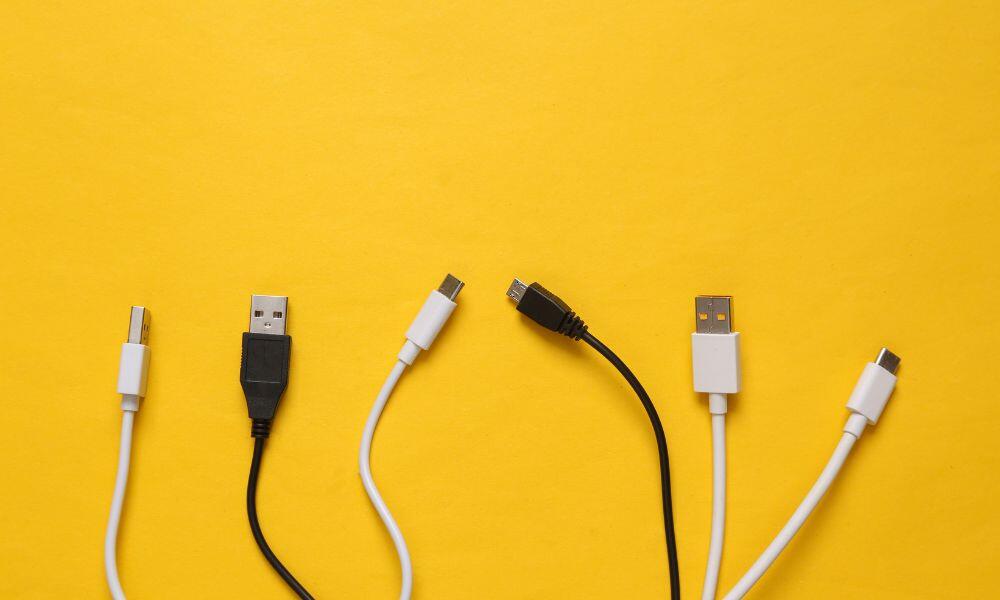USB cables have transformed the way we connect and charge our devices. From the early days of bulky and device-specific connectors to the sleek, universal designs of today, USB cables have undergone a remarkable transformation. Read on to explore the interesting evolution of USB charging cables and how they have simplified our technological lives.
The Origins and USB 1.0
The history of USB charging cables began in the mid-1990s when the need for a universal connector became apparent. The launch of USB 1.0 was groundbreaking, as it introduced a standard way to connect peripherals to computers. However, these early versions focused more on data transfer than on charging, offering limited power capabilities. The introduction of USB 1.1 brought some improvements in data transfer speeds and reliability, laying the groundwork for the charging capabilities that would become central to later versions.
The Rise of USB 2.0 and Advancements in Charging
The release of USB 2.0 marked a significant turning point in the evolution of USB cables, providing much faster data transfer rates and increased power output. This version enabled more efficient charging and introduced the possibility of charging devices directly from a computer or hub. During this period, USB charging began to standardize, although there were still many devices that used proprietary connectors.
USB 3.0 and the Path to USB-C
With USB 3.0, the technology took a significant leap forward, offering even faster data transfer speeds and enhanced power delivery capabilities. This version set the stage for the development of USB Power Delivery (USB PD). This charging technology could offer significantly higher power levels, making it possible to charge laptops and other high-power devices via USB.
The introduction of USB-C, with its reversible connector design and uniform port, further revolutionized the landscape. Using USB-C cables is moving us closer to a truly universal charging standard.
The Future of USB Charging
The interesting evolution of USB charging cables continues as we move forward, with innovations like wireless charging and further advancements in USB PD promising to make charging faster, more efficient, and even more convenient. The shift toward a single, universal cable for both charging and data transfer simplifies technology, reduces waste, and heralds a future where staying powered and connected is easier than ever.
You may also like,










